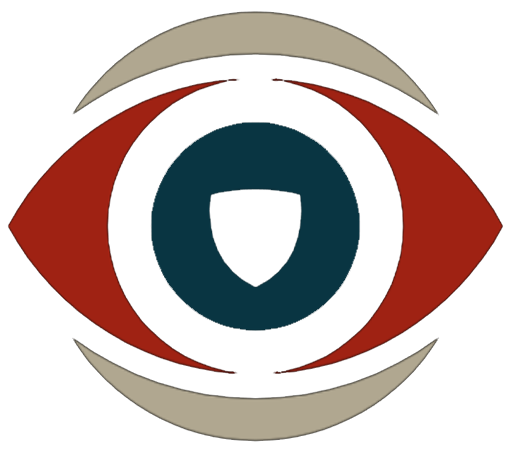Rodwell House: Where Facial Recognition Meets Compassionate Care in Dementia Care
Nestled in the serene landscape of Addlestone, Surrey, Rodwell House, a part of the esteemed Graham Care Group, stands as a beacon of exceptional care. This 79-bed nursing home specializes in supporting residents with dementia and physical frailties, constantly seeking innovative methods to elevate its service delivery.
Meeting the evolving needs of modern care
Always looking ahead, Rodwell House sought to transform the entry experience for its dedicated staff and visiting families. Recognizing the limitations of the existing manual entry system, which relied on staff memorizing and inputting codes throughout their demanding shifts, the management team wanted to free up caregivers’ time, allowing them to focus even more on resident care. They also aimed to create a more welcoming and accessible environment for visiting relatives, many of whom are elderly themselves. “We wanted to make visiting easier and more comfortable for families,” says Janet Bromley, the care home manager.

“With the nature of the care that we provide, we need comprehensive oversight of people as they come in go out,” Bromley explains. “Our commitment to provide excellent care means we recognize the value of having detailed access records throughout the building. These support quality assurance initiatives and provide us with the insights we need to optimize the quality of our service. It was important, for example,” says Bromley, “that we could get a clear record of which staff have been in different areas at particular times.”
Facial recognition access control meets compassionate care
Working closely with Graham Care’s IT team, Rodwell House selected Hikvision’s Face Recognition Terminals (DS-K1T342MWX-E1(O-STD)). A total of 160 terminals have been strategically placed at entry points, communal areas, and ward locations, with dedicated units monitoring both entry and exit.
Each terminal boasts a user-friendly 4.3-inch LCD touch screen and built-in card reading functionality, supporting multiple access methods, including facial recognition, card access, and traditional code entry. A particularly valuable feature for healthcare settings is the system’s ability to recognize faces even when masks are worn, ensuring security protocols are maintained without compromising hygiene.
These terminals seamlessly integrate with the HikCentral Professional platform, creating a centralized management system that generates detailed access logs, showing who entered specific areas and when. This gives administrators comprehensive insight into facility access patterns while allowing them to quickly retrieve entry records for quality assurance or incident review.
To ensure full compliance with privacy regulations, Rodwell House obtained informed consent from all staff, residents, and families before implementing the system, adhering to strict GDPR protocols. Alternative keypad access remains available for those who prefer traditional entry methods.
Delivering measurable improvements in service quality
The implementation has led to significant improvements across multiple areas of facility operation. Staff members have embraced the technology, finding the entry processes notably more efficient and secure. “From the staff perspective, it’s brilliant,” says Bromley. “I find it so easy to just go in—and other staff do, too. When it comes to entry, it’s been a real and very popular success.”
The enhanced security capabilities of the new system provide crucial support for safeguarding procedures. The system maintains comprehensive access records that can be quickly retrieved when investigating incidents or addressing concerns. “If we need to review any safeguarding situations, we can now easily access the entry records,” explains Bromley, highlighting how detailed logging supports resident protection protocols.
The new system has also revolutionized service oversight by providing better visibility into care delivery patterns. By recording access patterns to resident areas, management can confirm that care schedules are being followed appropriately. This enables them to verify that residents receive regular attention and ensures service consistency across all areas of the facility.
Accessibility improvements are particularly significant for visiting families. The planned expansion to include relatives in the facial recognition system will eliminate the challenges associated with visitors remembering codes and operating keypads. “Facial recognition will make life a lot easier,” says Bromley, emphasizing the technology’s role in creating a more welcoming environment for elderly family members.
A blueprint for future-ready healthcare facilities
Rodwell House’s successful deployment demonstrates how AIoT (AI-powered Internet of Things) technologies can enhance both security and care quality while maintaining the dignity and comfort that residents deserve. The scalable solution will be adopted across four other Graham Care facilities, with plans for over 800 additional terminals, establishing a new benchmark for smart, secure elderly care environments throughout the organization.

